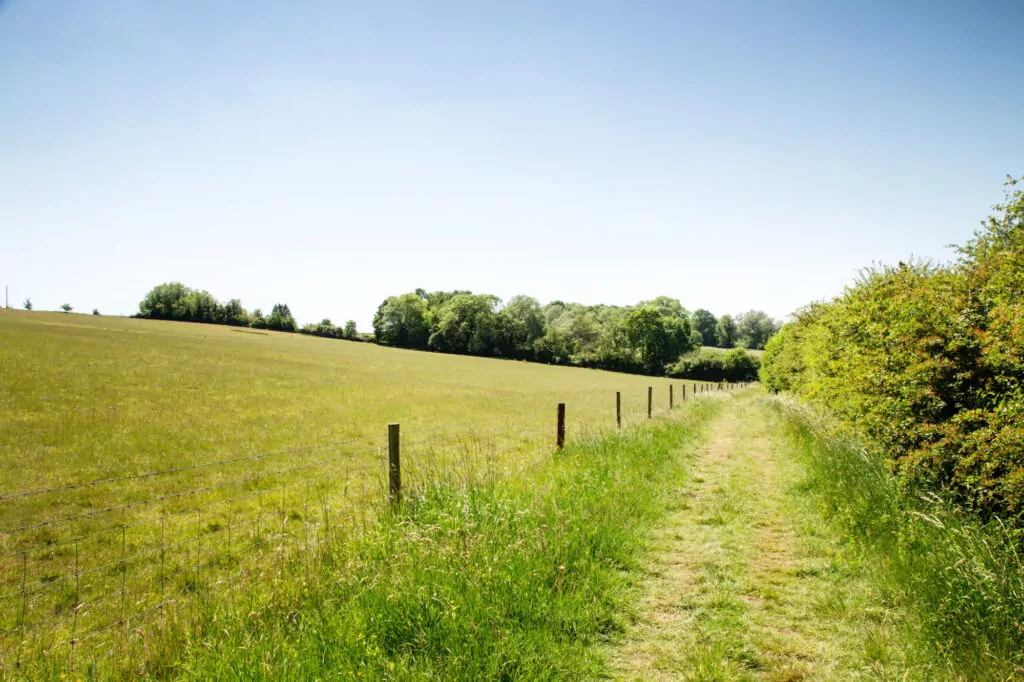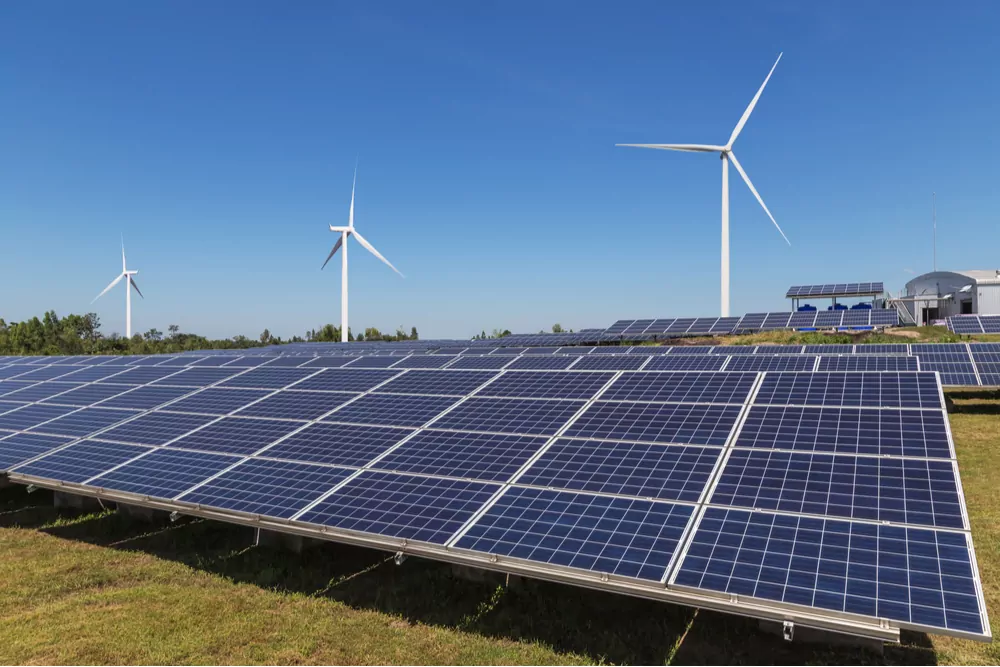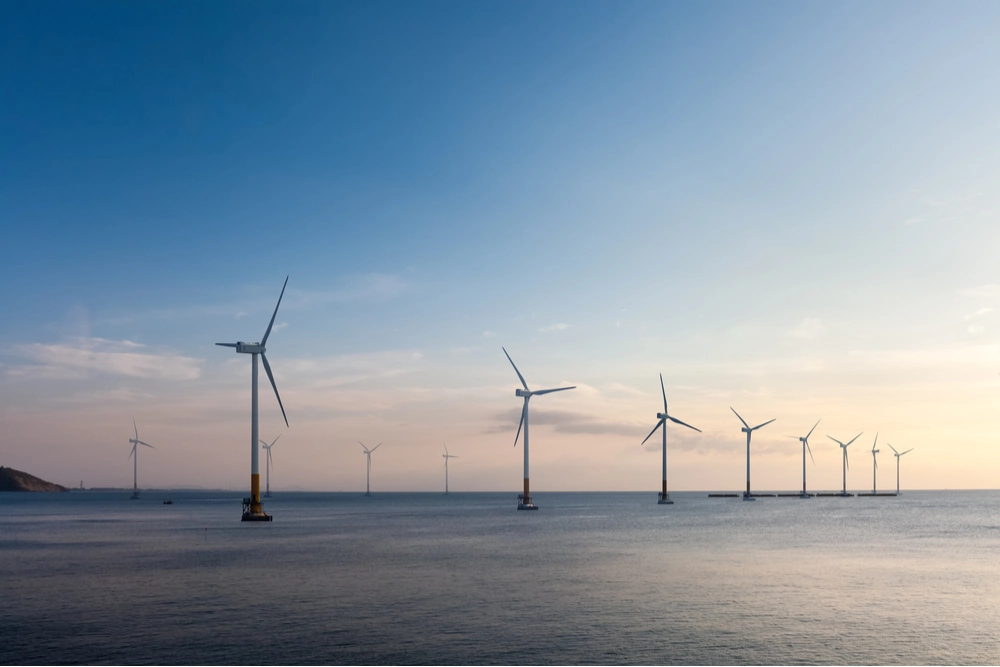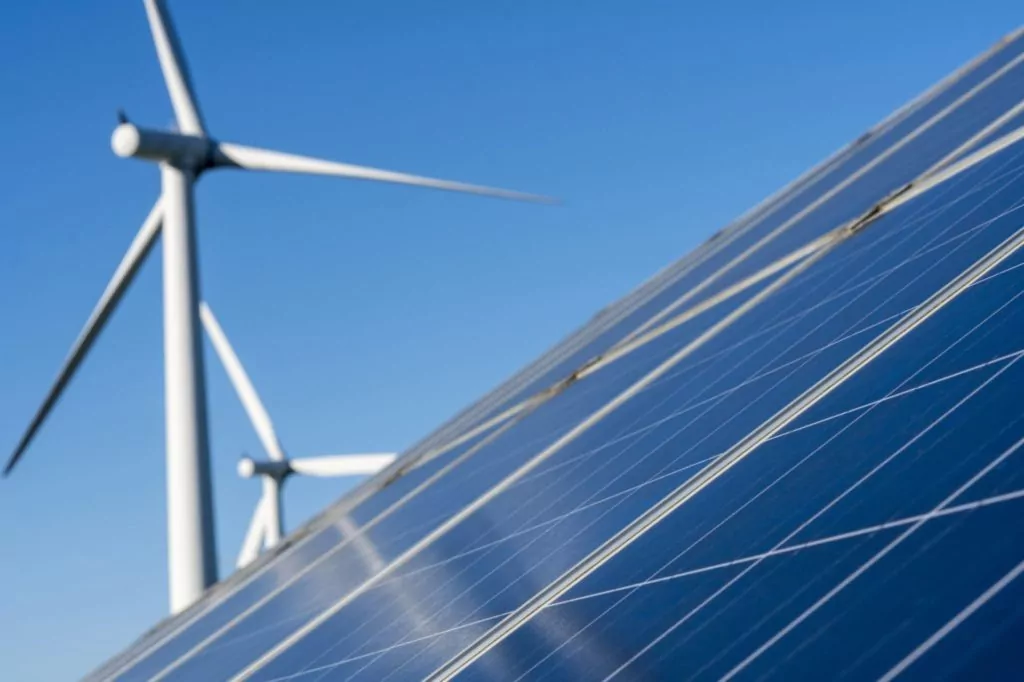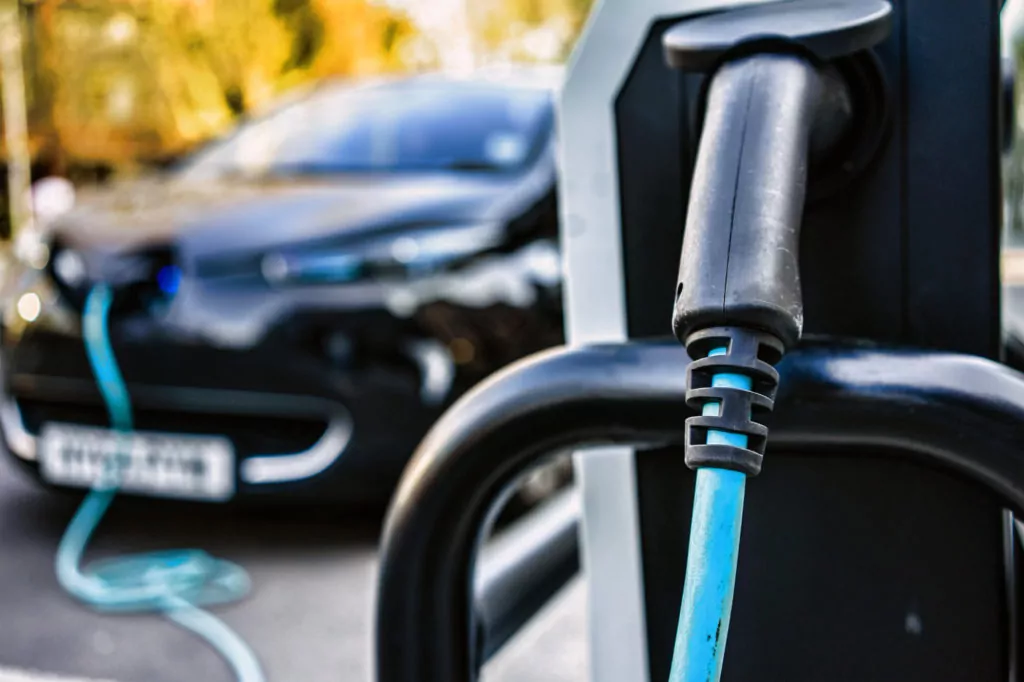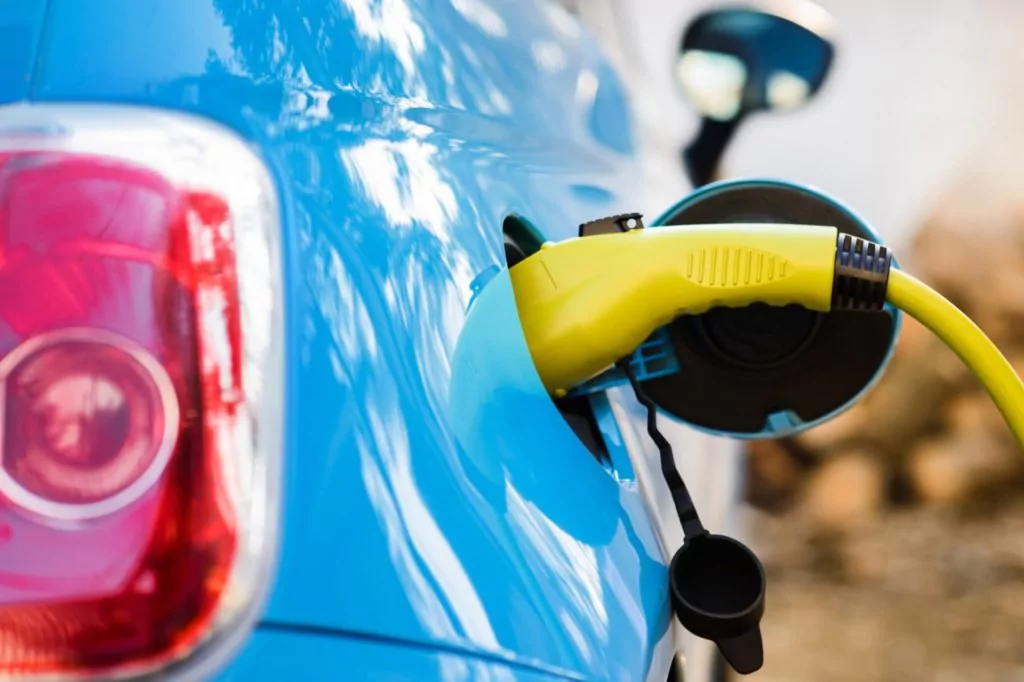Biodiversity units and mitigation hierarchy
BNG will be measured in biodiversity units using Defra’s biodiversity metric. Habitat enhancements will need to be secured/maintained for at least 30 years.
The Government's intention is that BNG should be delivered through the following mitigation hierarchy:
- Avoid/reduce biodiversity impacts through site selection and layout.
- Enhance and restore biodiversity on sit.
- Create or enhance off-site habitats, either on the landowner's own land or by purchasing biodiversity units on the market.
- As a last resort, purchasing statutory biodiversity units from the UK Government (only where the landowner/developer can demonstrate that they are unable to achieve biodiversity net gain through the available on-site and off-site options). Statutory biodiversity units will be priced higher than units available on the market so that the development of local market schemes and non-credit habitat creation projects are not discouraged.
The role of solar PV in enhancing biodiversity
The role that large-scale solar PV developments can play in enhancing biodiversity was discussed in some detail during the conference. An effective land management plan for a solar project can both increase the productivity of the solar farm and enhance local biodiversity. Since solar panels typically only occupy around 40% of the leased land, there are opportunities for dual use such as grazing of livestock which, in turn, ensures that the solar panels are not blocked by grasses. Wildflower meadows, bug hotels, etc. can easily be incorporated on solar farms, increasing biodiversity.
One way in which solar developers may be able to increase the value of biodiversity on their land is using agrivoltaic solar farms, where energy and food production as well as water conservation can be carried out simultaneously. Agri PV projects are emerging across Europe, including Sun'Agri's viticulture agrivoltaics in France, BayWa's Agri-PV project in the Netherlands and Regener8's ecosystem enhancement and Agri-PV project in Sardinia, Italy.
In BayWa’s project, panels were arranged above fruit crops, creating conditions up to five degrees cooler than traditional growing methods. The reduced heat stress and evaporation from the soil meant that less water was required. The panels also retained heat better at night than the plastic coverings usually used by farmers, which could potentially enable a reduction in plastic waste on farms.
Regener8's 'inclusive design' approach demonstrates how multiple sustainable development goals can be achieved on a solar project. The site consisted of fragmented land, some of which was deteriorated and not suitable for agricultural activities. Land which could not be used for Agri-PV was instead restored to create habitats, renewing nutrients and minerals in the soil as well as acting as carbon storage (all of which taking place underneath high-standing, semi-transparent solar panels).
As well as these benefits, there is clearly a strong case for food security alongside energy security if crops can be grown on the same land as installation of solar PV. The layout of the solar development is critical to establish a scheme that has these dual benefits. While solar developments have traditionally been placed on lower grade agricultural land, there is opportunity, if properly managed and planned, to use cultivated land in a smarter way.
Policy and upcoming legislative changes to be aware of
The National Planning Policy Framework (NPPF) states that planning policies and decisions (i.e., decisions when planning applications are made) should contribute to and enhance the natural and local environment by minimising impacts on and providing net gains for biodiversity. The NPPF also states that plans made by Local Planning Authorities ("LPAs") (i.e., the abovementioned local land use policy documents) should identify and pursue opportunities for securing measurable net gains for biodiversity. Section 102 of the Environment Act 2021, which will come into force on 1 January 2023, will extend the previous duty on LPAs to "conserve" biodiversity to include an active requirement to also "enhance" biodiversity.



